

Articles
How To Store A Couch
Modified: December 7, 2023
Learn the best methods for storing a couch with our comprehensive articles. Safely protect your furniture during moves or renovation projects.
(Many of the links in this article redirect to a specific reviewed product. Your purchase of these products through affiliate links helps to generate commission for Storables.com, at no extra cost. Learn more)
Introduction
When it comes to storing furniture, one item that often presents a challenge is the couch. Due to its large size and often awkward shape, finding the right approach to storing a couch can be a daunting task. However, with the right strategy and precautions, you can ensure that your couch remains in pristine condition during its time in storage.
In this article, we will guide you through the process of storing a couch effectively. From evaluating the available space to choosing the right storage location, we will provide you with comprehensive steps to take in order to protect your couch from damage.
So, if you’re looking to store your couch for a temporary period or simply need to clear up some space in your home, let’s dive into the details of how to store a couch properly.
Key Takeaways:
- Properly storing a couch involves evaluating space, cleaning, disassembling if necessary, wrapping with protective covering, and choosing a suitable storage location. Regular checks for pests and moisture are essential for long-term preservation.
- By following the comprehensive steps outlined in this article, you can ensure that your couch remains in excellent condition and is ready to be enjoyed when retrieved from storage. Implement these steps with confidence for a hassle-free storage experience.
Read more: How To Store Couches
Step 1: Evaluate the space
The first step in storing a couch is to evaluate the available space in your storage area. This will help you determine if the couch can fit comfortably and if any adjustments need to be made to accommodate it.
Measure the dimensions of the couch, including its length, width, and height. Compare these measurements to the available storage space, taking into account any obstacles or tight corners that may make moving the couch difficult.
Consider the layout of the storage area and plan how you will arrange the couch to maximize space. It’s important to ensure that there is enough room around the couch for ventilation and easy access.
If the couch is too large to fit through doorways or narrow passages, you may need to disassemble it before storing. Check the manufacturer’s instructions or consult a professional to ensure that you dismantle the couch correctly and safely.
By evaluating the space and making necessary preparations, you can set the stage for a smooth and hassle-free couch storage experience.
Step 2: Clean the couch
Before storing your couch, it is crucial to thoroughly clean it to prevent dirt, stains, and odors from setting in during the storage period.
Start by removing any removable cushions or pillows and set them aside. Vacuum the entire couch using a brush attachment to remove loose dirt, dust, and debris. Pay close attention to the crevices and corners where dirt tends to accumulate.
If your couch has any stains or spills, treat them appropriately according to the fabric’s care instructions. Use a mild detergent or upholstery cleaner specifically designed for your couch’s material. Test the cleaning product on a small, inconspicuous area first to ensure it does not cause any discoloration or damage.
Once you have cleaned the surface of the couch, allow it to fully dry before moving on to the next step. Damp couches can develop mold and mildew during storage, which can cause irreversible damage.
Additionally, consider using fabric deodorizers or placing sachets of odor-absorbing materials, such as baking soda or activated charcoal, near the couch to keep it smelling fresh during storage.
By taking the time to clean your couch before storage, you can ensure that it remains in top condition and is ready for use when you retrieve it.
Step 3: Disassemble if necessary
Depending on the size and structure of your couch, you may need to disassemble it before storing. Disassembling the couch can make it easier to transport and help save space in your storage area.
Start by removing any detachable components, such as legs, cushions, or sectional pieces. Place these items in a labeled bag or box and keep them together. This will ensure that you can easily reassemble the couch when the time comes.
If the couch has a reclining mechanism or removable backs, follow the manufacturer’s instructions on how to safely disassemble these parts. Take note of any necessary tools or precautions to ensure that the disassembly process goes smoothly.
Be sure to keep track of small hardware, such as screws or bolts, by placing them in a sealed bag and attaching it to the corresponding piece or storing it in a designated container. This will prevent any important components from getting misplaced during storage.
Remember to take photos or make notes of the disassembly process. This will serve as a helpful reference when it’s time to put the couch back together.
By disassembling the couch when necessary, you can make the storage process more manageable and protect the different components from potential damage.
Step 4: Wrap with protective covering
After cleaning and disassembling, it’s time to protect your couch from dust, moisture, and other potential hazards by wrapping it with a protective covering.
Start by using a plastic wrap or bubble wrap to cover the entire couch. Wrap each component individually, ensuring that every part is tightly secured. This will create a barrier against dust and prevent scratches or dents from occurring during storage.
If you don’t have plastic wrap or bubble wrap available, you can opt for furniture covers or large plastic sheets. These can be secured with tape or straps to ensure a snug fit around the couch.
It’s also recommended to use a breathable fabric cover, such as a cotton or canvas sheet, over the protective wrapping to allow air circulation. This will help prevent condensation and keep the couch fresh.
Pay extra attention to the corners and edges of the couch, as they are more vulnerable to damage. Consider placing additional padding, such as foam or blankets, to protect these areas from impact.
Remember to label the wrapped couch with clear and visible tags indicating its contents and orientation. This will make it easier to identify and handle the couch when retrieving it from storage.
By wrapping your couch with a protective covering, you can safeguard it from potential damage and ensure its longevity while in storage.
To store a couch, first clean and vacuum it thoroughly. Then, disassemble any removable parts and wrap the couch in a protective cover to prevent dust and damage. Finally, store it in a dry, climate-controlled space to avoid mold and mildew.
Read more: How To Store Nugget Couch
Step 5: Lift and move with caution
Now that your couch is properly wrapped and protected, it’s time to carefully lift and move it into the storage area. Handling the couch with caution during this process is essential to prevent any accidents or damage.
Before attempting to lift the couch, make sure you have enough people to assist you. Couches can be heavy and awkward to maneuver, so having additional helping hands will make the process smoother and safer.
Communicate with your team and establish a plan for lifting and carrying the couch. Assign specific roles and ensure that everyone is on the same page to avoid any miscommunications or accidents.
When lifting the couch, use proper lifting techniques to avoid straining your back or causing injury. Bend at the knees, keep your back straight, and lift with your legs. Avoid twisting your body while carrying the couch, as this can lead to strain or damage.
Take your time while moving the couch to the storage area. Be mindful of any obstacles, tight spaces, or changes in elevation. Use furniture sliders or blankets underneath the couch to facilitate smoother movement, especially on hard floors.
If there are stairs involved, use extra caution and consider using a furniture dolly or hiring professional movers to safely navigate the staircase.
Once you’ve reached the storage area, carefully lower the couch onto the designated spot. Avoid dropping or dragging the couch, as this can cause unnecessary damage.
By lifting and moving the couch with caution, you can minimize the risk of accidents and ensure that your couch remains intact and undamaged during the transportation process.
Step 6: Choose a suitable storage location
Choosing the right storage location for your couch is crucial to ensure its safety and preservation during the storage period. Here are some factors to consider when selecting a suitable storage area:
1. Climate control: Opt for a storage space that offers climate control. Extreme temperatures and humidity can cause damage to your couch, including warping, mold growth, or fabric deterioration. Climate-controlled storage will help maintain a stable environment, preserving the integrity of your couch.
2. Accessibility: A storage area that is easily accessible will allow for hassle-free retrieval when you need the couch again. Consider proximity to your home and choose a storage facility that offers convenient access hours.
3. Security: Ensure that the storage facility has proper security measures in place, such as surveillance cameras, secure locks, and on-site personnel. This will give you peace of mind knowing that your couch is safely stored.
4. Size: The storage space should be large enough to accommodate the dimensions of your couch comfortably. Avoid storing it in an area where it will be squeezed or cramped, as this can cause unnecessary pressure on the couch and potentially lead to damage.
5. Cleanliness: Choose a storage location that is clean and well-maintained. A dusty or dirty environment can negatively impact the condition of your couch over time. Make sure the storage area is free from pests such as rodents, insects, or mold.
6. Protection from elements: If you’re storing your couch in an outdoor storage area or a non-climate-controlled space, ensure that it is protected from elements such as rain, sun exposure, or excessive moisture. Consider using additional covering or tarps to shield the couch from any potential damage.
By carefully selecting a suitable storage location, you can safeguard your couch and maintain its quality throughout the storage period.
Step 7: Store couch in the designated area
Now that you have chosen a suitable storage location, it’s time to safely store your couch in the designated area. Proper organization and positioning will ensure that the couch remains in good condition throughout its time in storage.
Start by positioning the couch in a way that maximizes space and allows for easy access if you need to retrieve it in the future. If possible, leave some room between the couch and the surrounding walls or other stored items to allow for proper ventilation.
If you have multiple couch components or sections, stack them neatly, ensuring that they are stable and won’t topple over. Use furniture pads or blankets to protect delicate parts from scratching or rubbing against each other.
If storing multiple items in the same area, create clear pathways to easily access the couch without having to move other items out of the way. This will make retrieval more convenient and minimize the risk of potential accidents.
Take advantage of vertical space by stacking lightweight items or boxes on top of the couch, if applicable. However, be mindful of weight distribution and ensure that nothing heavy is pressing down on the couch, as it can cause damage.
Label the storage area with clear signage or tags indicating that the couch is stored there. This will help you locate it quickly when needed and prevent unnecessary searching or confusion.
Lastly, make a note of the storage location in your records or on your storage inventory list. This will serve as a helpful reference in the future when you need to find or retrieve the couch from storage.
By storing the couch in a designated and organized manner, you can maintain its condition and make the retrieval process much more efficient.
Step 8: Regularly check for pests and moisture
Even with proper storage measures in place, it’s important to regularly check on your couch to ensure that it remains free from pests and moisture. Taking preventive action and addressing any issues promptly can help prevent damage to your couch.
Schedule regular inspections of your storage area to look for signs of pests such as rodents, insects, or termites. Look for droppings, gnaw marks, or any noticeable damage to the couch. If you spot any signs of infestation, take immediate action to eliminate the pests and protect your furniture.
Inspect the surrounding area for any leaks or water damage. Moisture can cause mold and mildew growth, which can ruin your couch. Check for any water stains, dampness, or musty odors in the storage area. If you notice any moisture, address the issue promptly by fixing the source of the problem and ventilating the area.
During your inspections, also check the integrity of the protective covering on your couch. Look for any tears, gaps, or signs of wear and repair or replace the covering as necessary to maintain maximum protection.
Additionally, periodically move and air out the couch to prevent mustiness and stagnant air. Gently remove the covering, fluff the cushions, and allow fresh air to circulate around the couch for a short period.
Maintain a regular maintenance schedule and document your inspections to track the condition of your couch over time. This will help you identify any potential issues early on and take appropriate measures to mitigate them.
By regularly checking for pests and moisture, you can ensure the long-term preservation and protection of your couch while it’s in storage.
Read more: How To Store A Couch In A Garage
Conclusion
Storing a couch can be a challenging task, but with the right approach and precautions, you can ensure that your couch remains in pristine condition during its time in storage.
By evaluating the available space, cleaning the couch, disassembling if necessary, and wrapping it with protective covering, you can safeguard against dust, dirt, and potential damage. Lift and move the couch with caution to avoid accidents, and choose a suitable storage location that offers climate control, accessibility, security, and cleanliness.
Once you’ve stored the couch in the designated area, remember to regularly check for pests and moisture. By taking preventive measures and addressing any issues promptly, you can prevent damage and preserve your couch for future use.
Storing a couch requires careful planning and attention to detail, but by following the steps outlined in this article, you can ensure that your couch remains in excellent condition and is ready to be enjoyed when you retrieve it from storage.
So, whether you’re clearing up space in your home or storing the couch temporarily, implement these steps and store your couch with confidence, knowing that it will be well-protected and ready for use whenever you need it.
Frequently Asked Questions about How To Store A Couch
Was this page helpful?
At Storables.com, we guarantee accurate and reliable information. Our content, validated by Expert Board Contributors, is crafted following stringent Editorial Policies. We're committed to providing you with well-researched, expert-backed insights for all your informational needs.
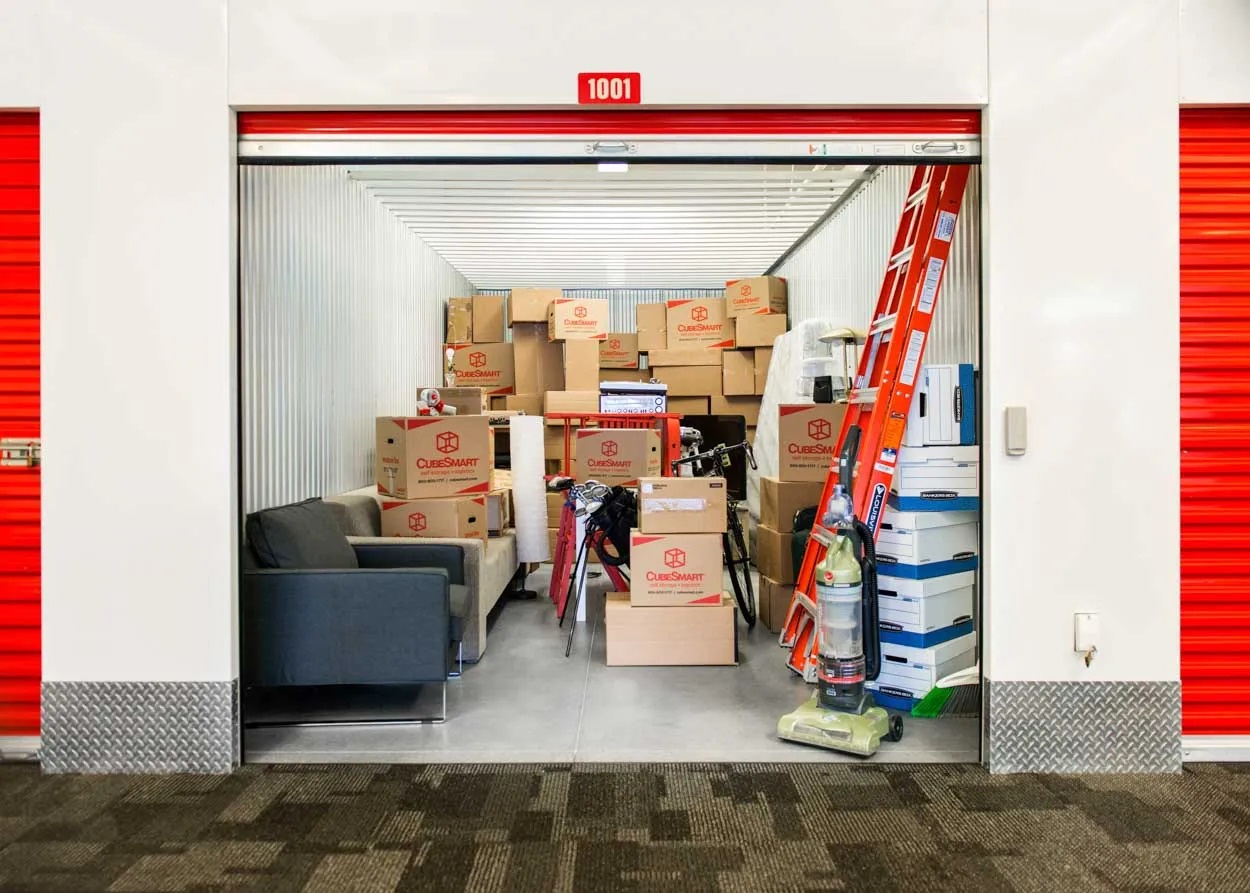

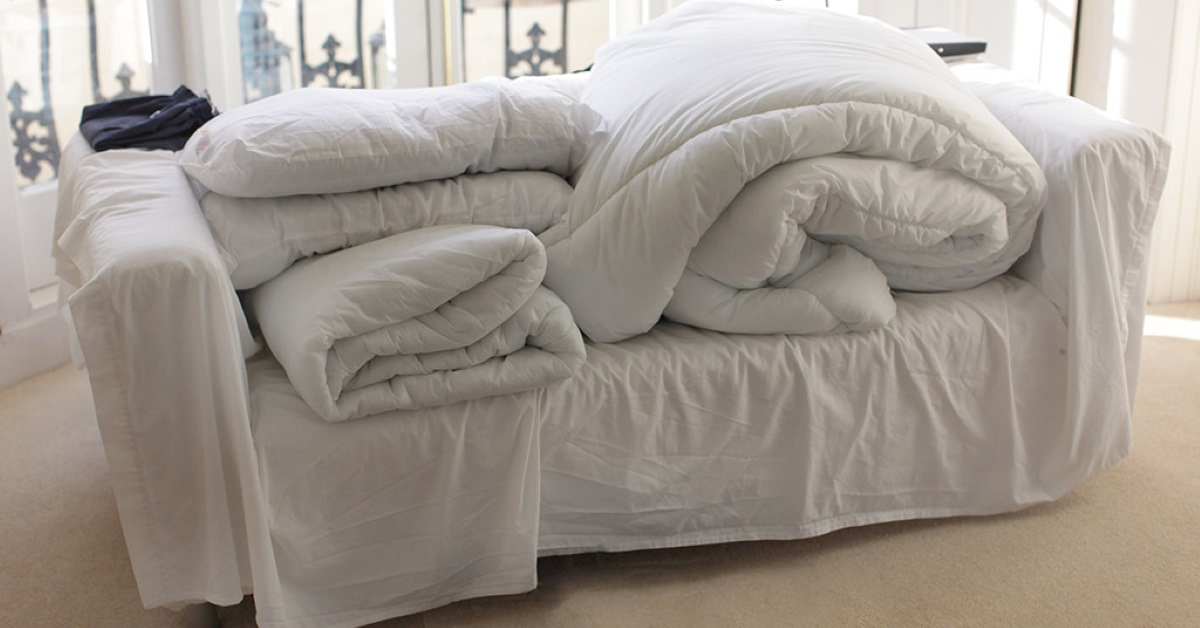

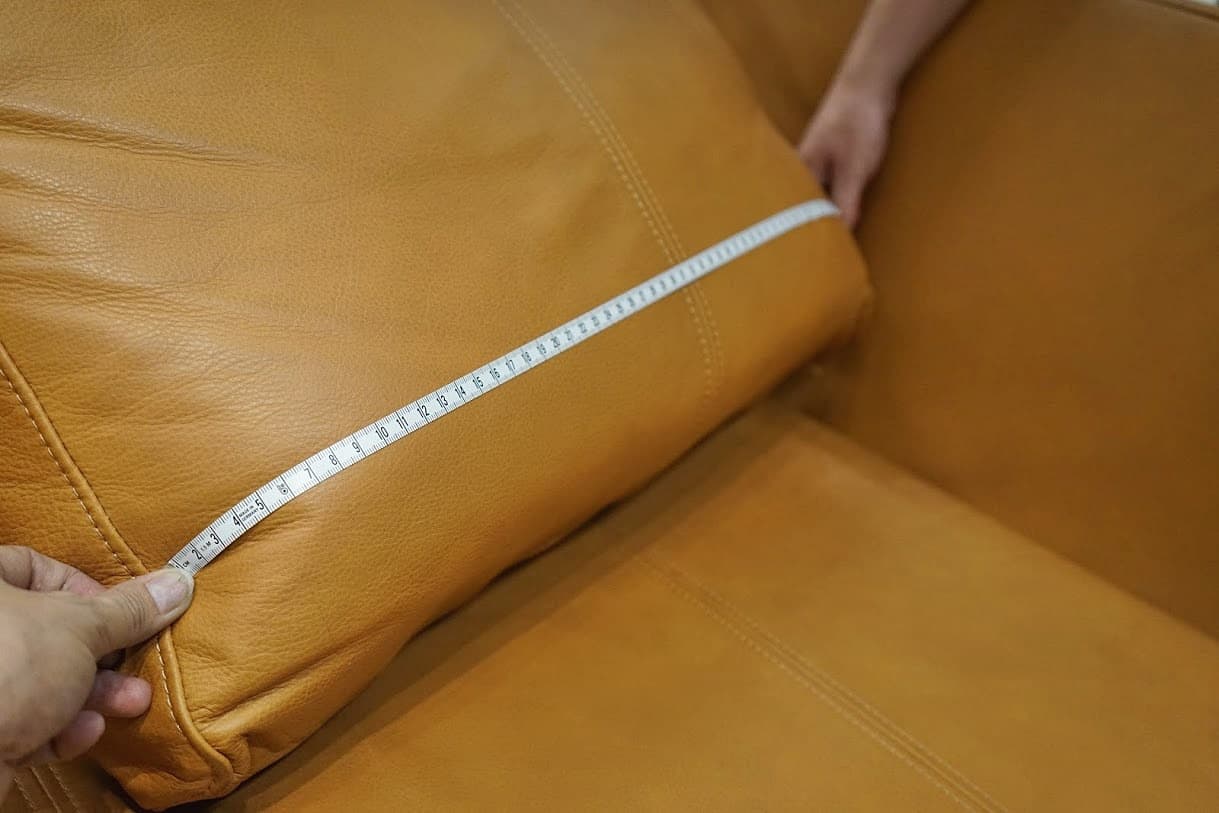
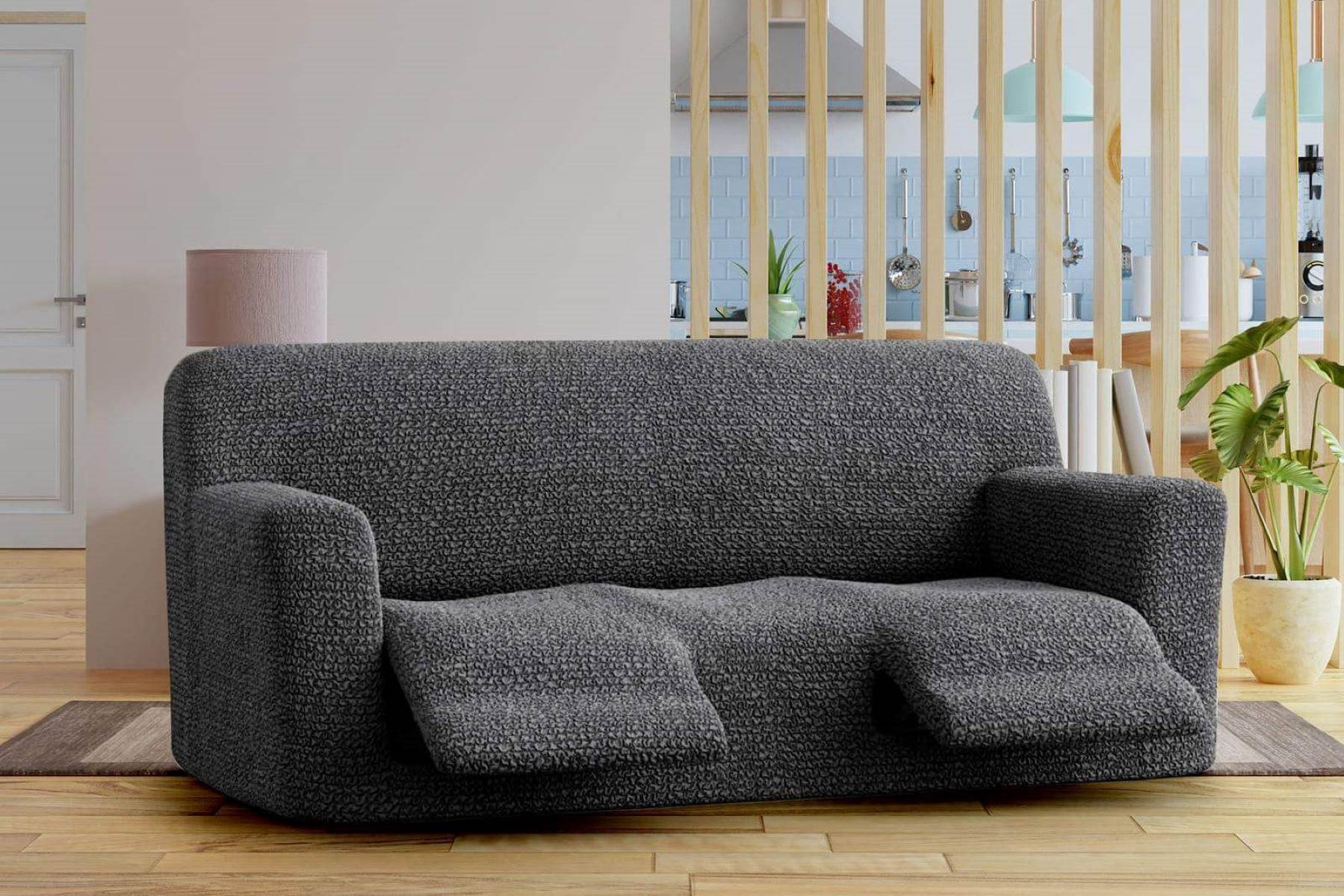


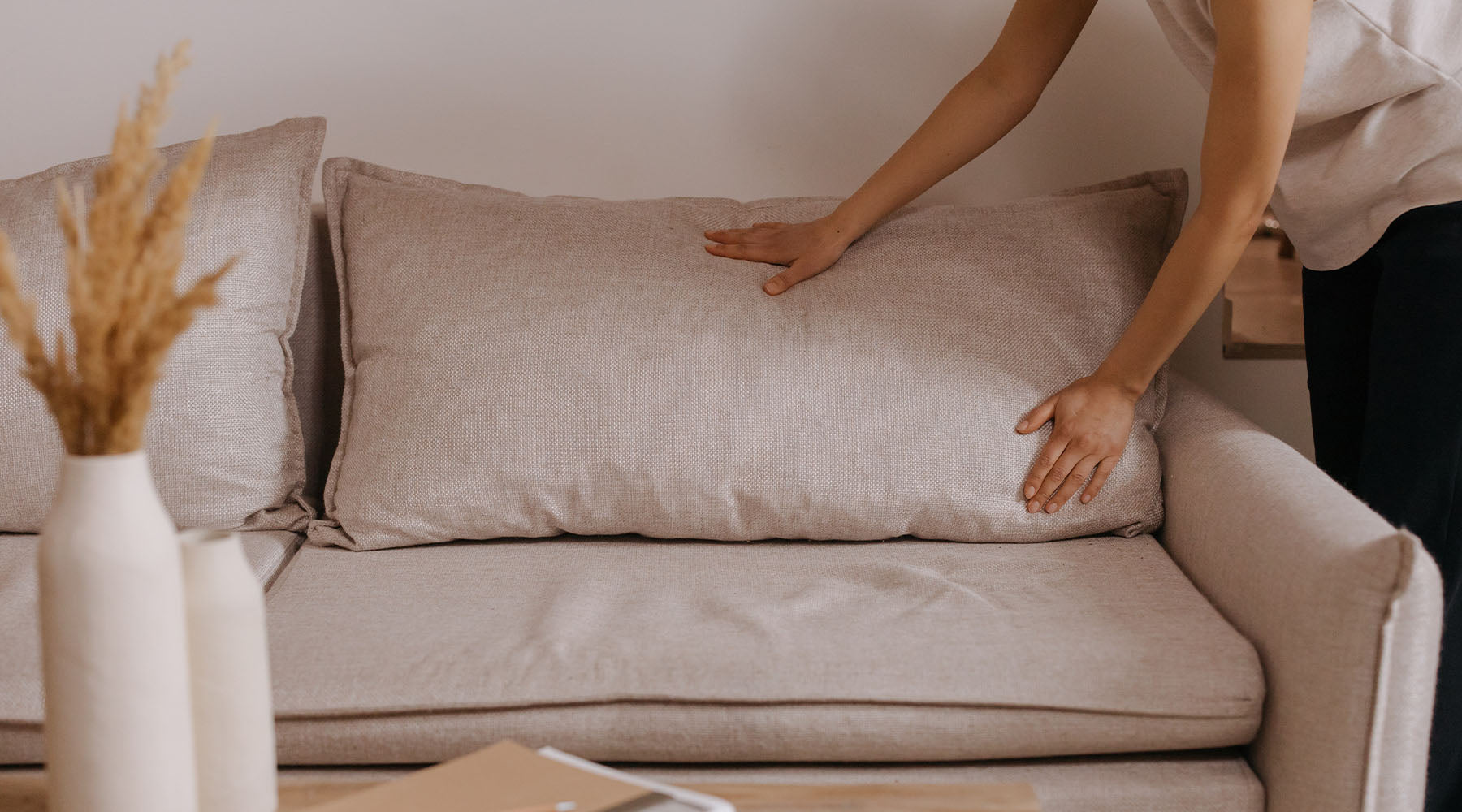

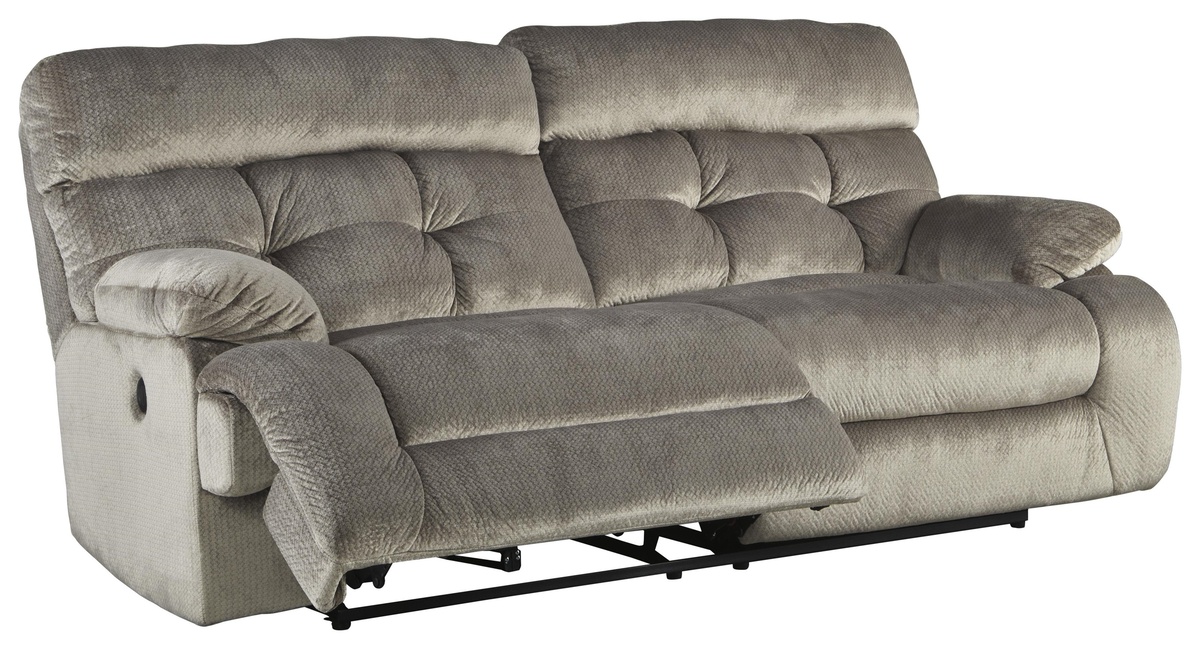



0 thoughts on “How To Store A Couch”